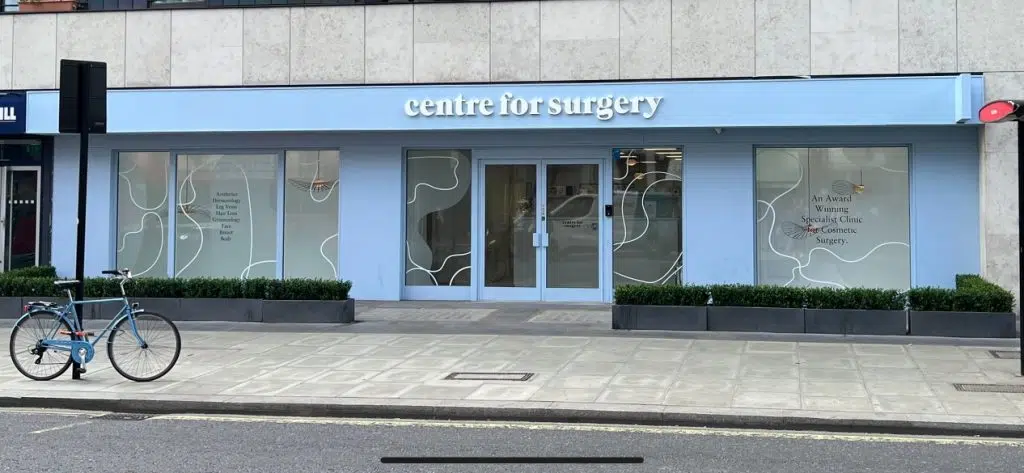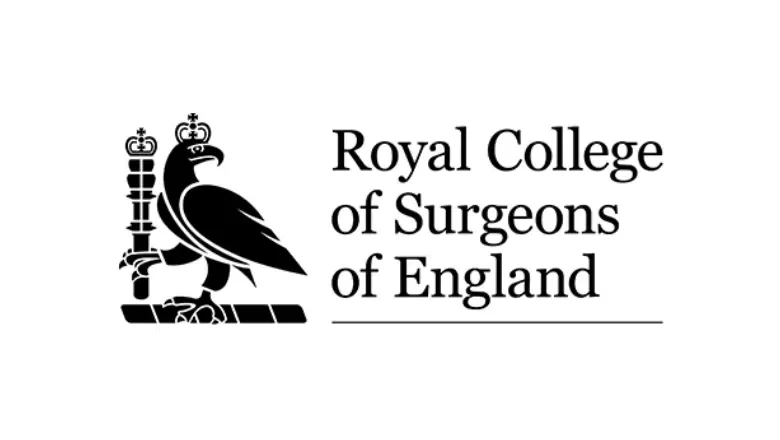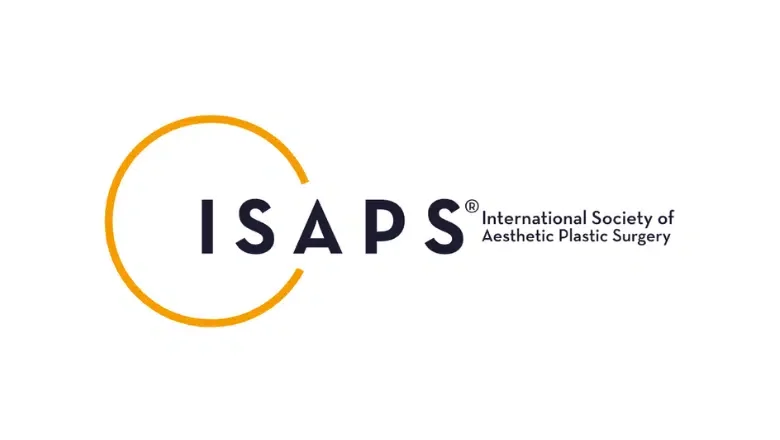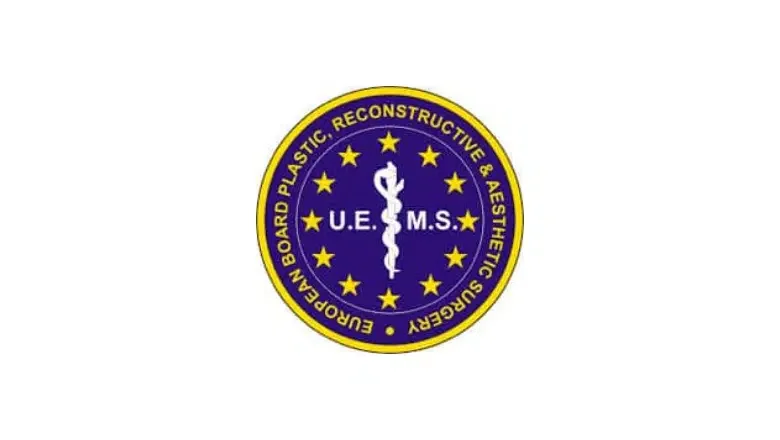How Breast Implants Have Evolved from Liquid Injections to Modern Silicone Prosthetics
Breast augmentation, or the enhancement of the size and shape of the breasts, has been a popular cosmetic surgery for decades. One of the most common methods of achieving this goal is through the use of breast implants. However, the history of breast implants is a long and varied one, with many different materials and techniques being used over the years. In this article, we will take a look at the evolution of breast implants, from their early origins to the modern silicone prosthetics used today.
RELATED: Common questions about breast implants
Early Origins of Breast Augmentation
The earliest known attempts at breast augmentation can be traced back to ancient civilisations. In ancient Egypt, for example, women would use a combination of fats, waxes, and other substances to enhance the appearance of their breasts. However, these methods were often dangerous and resulted in serious complications such as infection and deformity.
The First Breast Implants
It wasn’t until the 20th century that the first modern breast implant was developed. In the 1920s, a Japanese scientist named Dr. Saburo Fujimura began experimenting with liquid injections as a means of breast augmentation. He used a variety of substances, including paraffin and liquid silicone, to achieve the desired result. However, his methods were not widely adopted and were soon forgotten.
The 1950s and 1960s: The Rise of Silicone Implants
It wasn’t until the 1950s that breast implants began to gain popularity. In the early 1950s, plastic surgeon Dr Thomas Cronin and gynaecologist Dr Frank Gerow developed the first silicone breast implant. Their implant, which was made of silicone gel encased in a silicone rubber shell, was considered a significant advancement in the field of breast augmentation.
The 1970s and 1980s: The Fall of Silicone Implants
However, the popularity of silicone implants was short-lived. In the 1970s and 1980s, reports of complications and problems with the implants began to surface. Many women experienced pain, swelling, and complications such as infection and rupture. In some cases, the silicone gel even leaked out of the implant and into the surrounding tissue, causing serious health problems.
The 1990s and 2000s: The Return of Silicone Implants
Despite the problems of the past, silicone implants made a comeback in the 1990s. In 1992, the FDA approved the use of silicone implants for breast augmentation once again. This time, however, the implants were made with a thicker, more cohesive gel that was less likely to leak. This, combined with improvements in surgical techniques and a better understanding of the potential risks and complications of breast augmentation, helped to make silicone implants a safer and more effective option.
RELATED: The History, Science and Evolution of Breast Implants
Modern Breast Implants
Today, breast implants come in a variety of shapes, sizes, and materials. The two most popular types of implants are silicone and saline. Silicone implants are filled with a cohesive gel that feels very similar to natural breast tissue. Saline implants, on the other hand, are filled with a sterile saltwater solution. Both types of implants have their own set of pros and cons, and the choice of which one to use will depend on the individual patient’s needs and preferences. Mentor implants and Motiva Implants are most commonly used at Centre for Surgery in London.
RELATED: What are the most natural-looking breast implants?
The history of breast implants is a long and varied one, with many different materials and techniques being used over the years. From the early origins of breast augmentation in ancient civilisations to the modern silicone prosthetics used today, the field of breast augmentation has come a long way. Today, breast implants are considered a safe and effective option for women looking to enhance the appearance of their breasts. However, as with any surgery, there are still potential risks and complications that should be taken into consideration before deciding to undergo breast augmentation. It’s essential to consult with a qualified plastic surgeon and thoroughly research the options available before making a decision.
RELATED: Breast Implant Options
In recent years, there has been an increase in the popularity of more natural-looking and feeling breast implants. The FDA-approved gummy bear implants are a type of cohesive gel implant that maintains its shape even if the implant shell were to rupture. Additionally, there has been an increase in the use of fat transfer, a procedure in which fat is taken from one area of the body and used to augment the breasts. This procedure eliminates the need for an implant and results in a more natural-looking and feeling result.
RELATED: Pros and Cons of Breast Augmentation with Fat Transfer
Women considering breast augmentation should be fully informed of all their options, including the potential risks and benefits of each. They should also choose a qualified and experienced plastic surgeon who can guide them through the process and help them make the best decision for their individual needs. With the continued advancements in technology and techniques, breast augmentation can help women achieve their desired appearance while minimising the risk of complications.
Breast Augmentation Surgery at Centre for Surgery
Centre for Surgery is one of the leading cosmetic surgery clinics for breast augmentation surgery in London. We are home to some of the most renowned plastic surgeons in the UK and regularly perform all types of breast surgery, including breast enlargement with implants. Our state-of-the-art plastic surgery clinic in London is considered the most advanced cosmetic surgery facility in Marylebone. Call us today to arrange an in-person consultation at 0207 993 4849.









